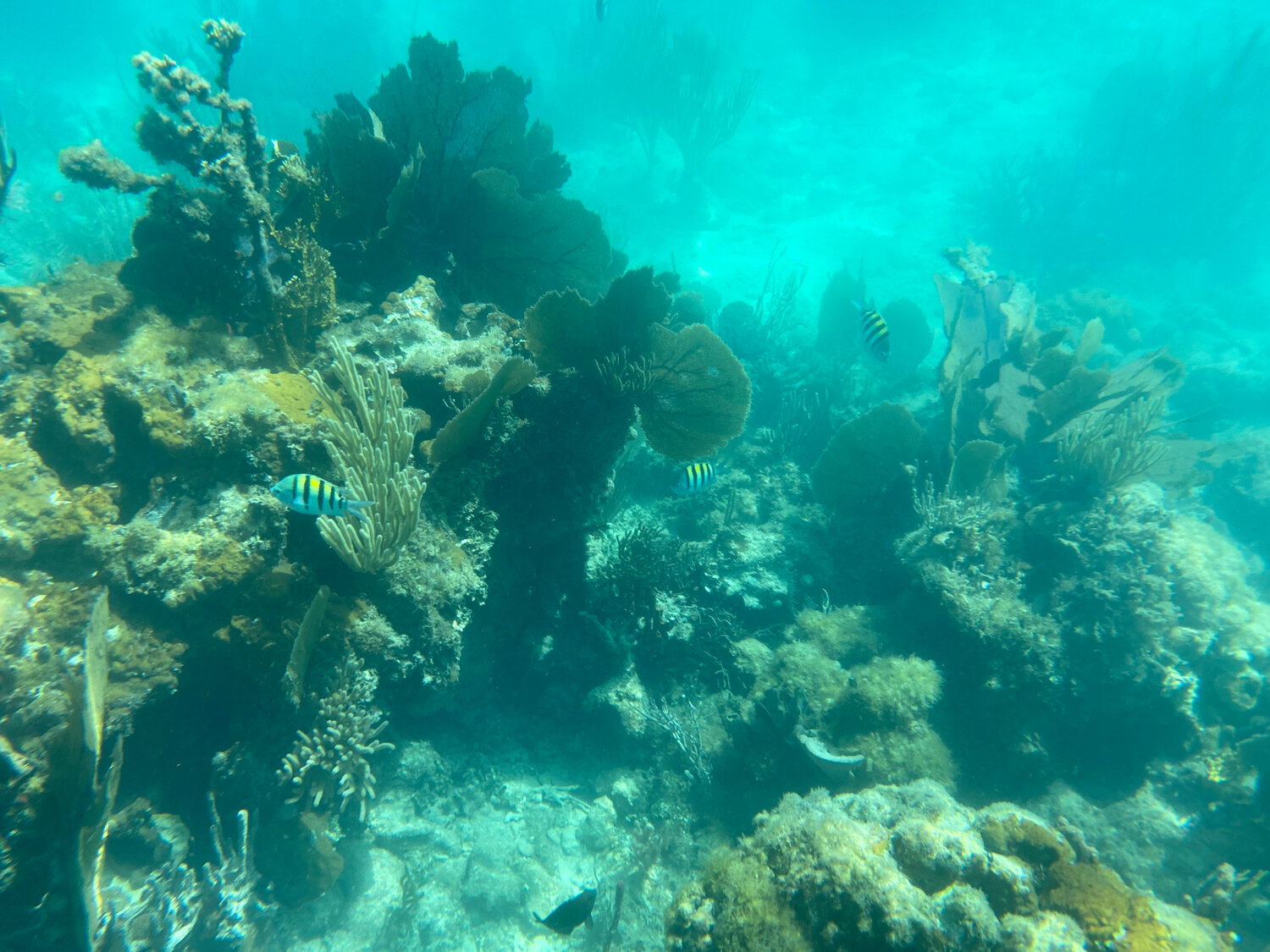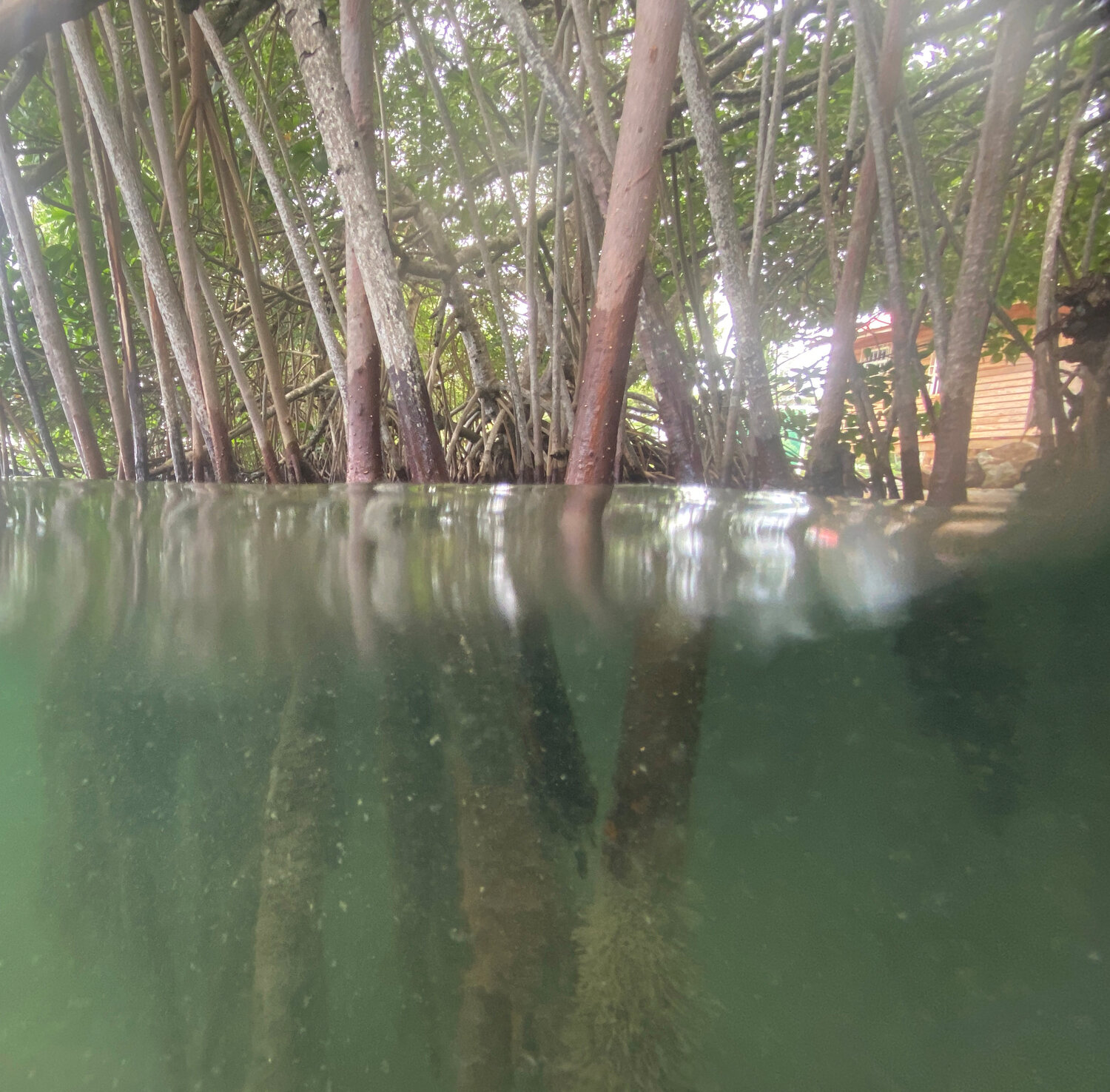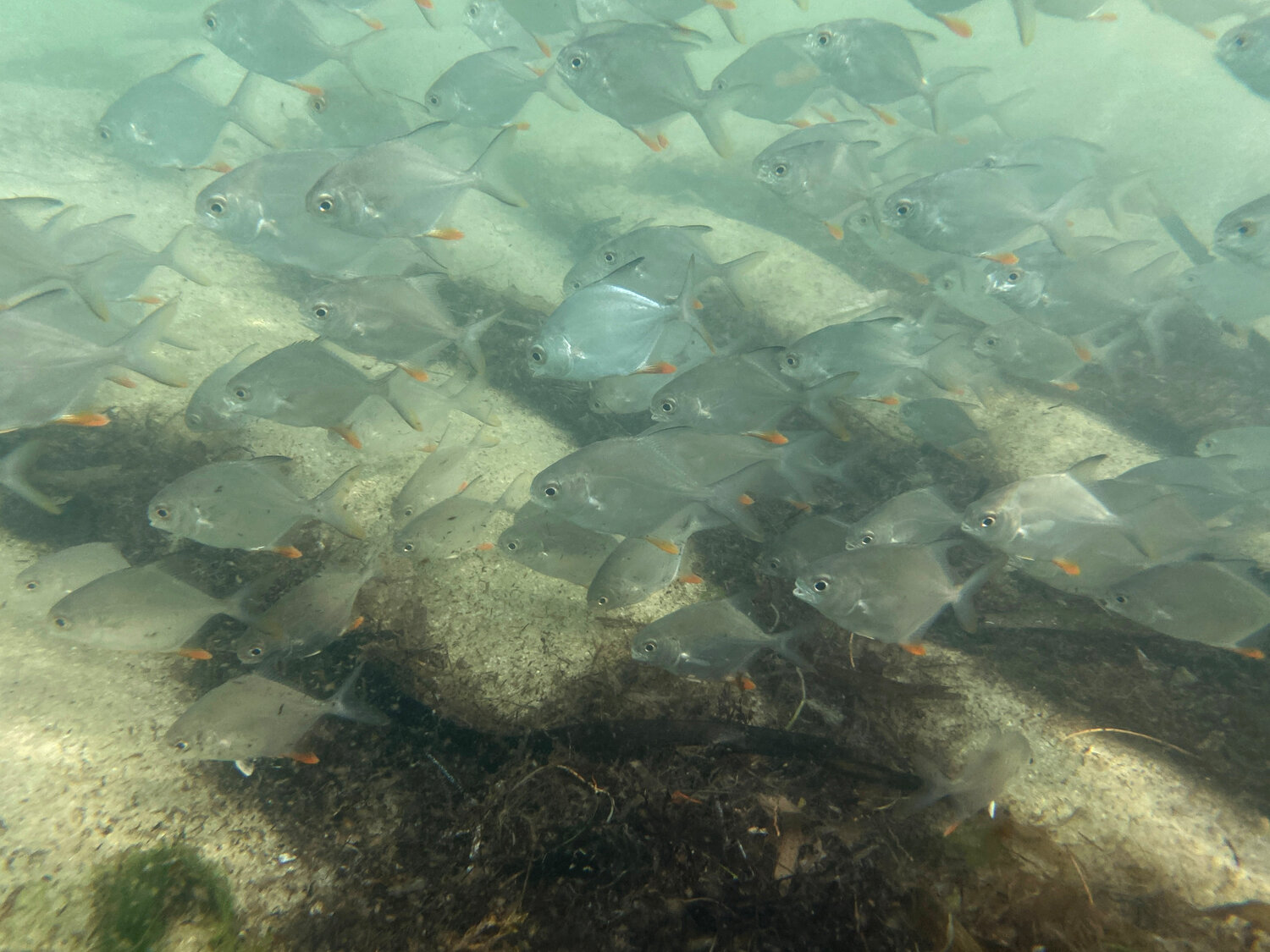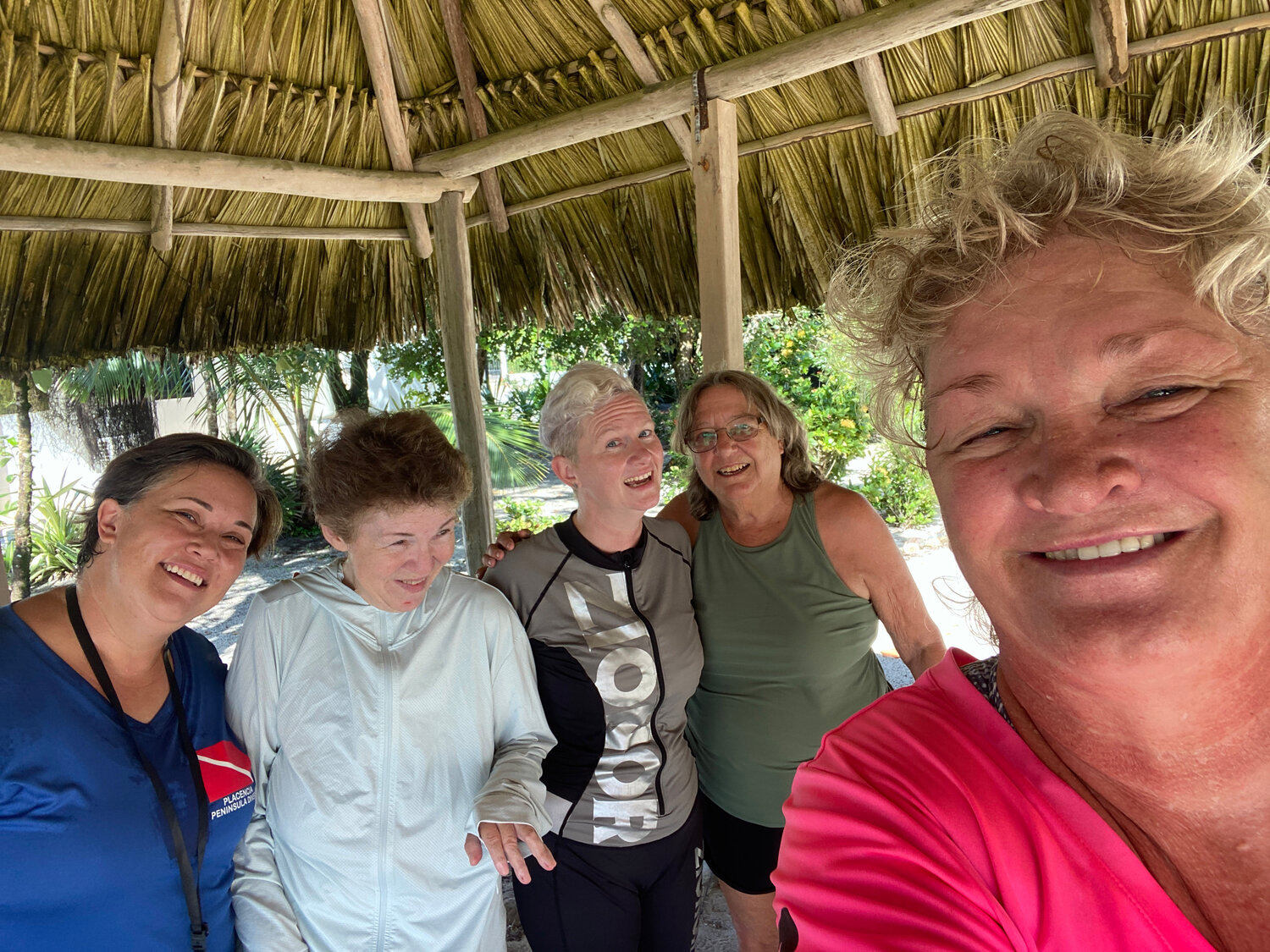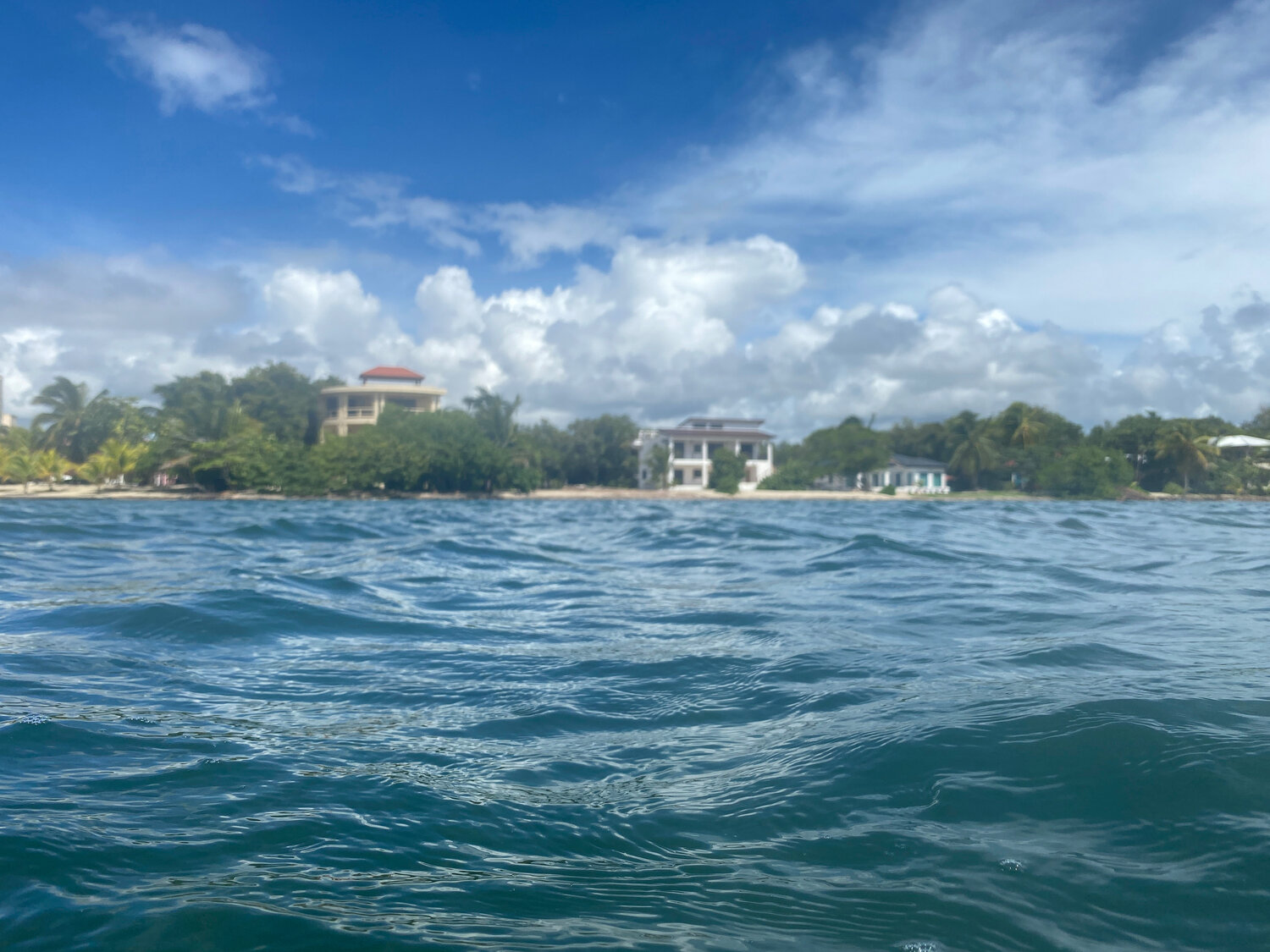Pat’s Wildways: Snorkeling
For most of my years of traveling, I have aimed at coral reefs to snorkel in. In the past years, I was astounded by all the colors of the corals, tropical fish, and invertebrates that live in this habitat. In the days of old, I used to be able to find places where I could just jump in the water from a beach, snorkel out a few yards, and be immersed in this underwater wonder. But no longer.
For one thing, the world has gotten so much more crowded, and the nice shorelines around the world especially so. For instance, my first visit to Phi Phi Island in Thailand in the late 1970s seemed like a miracle of nature to me. I could snorkel from my beach, float along the reef and land a bit downstream on another beach where I could easily catch a longboat to take me back to my origin. I happily watched colorful coral surrounded by even more colorful fish, giant clams closing at my approach, sea anemones and their attendant clownfish, cleaner wrasses on giant groupers — all was visible to me, floating calmly on the surface except for a few shallow exploratory free dives. But when I visited again about eight years ago, the place was a crowded disaster, packed with visitors all trying to see Maya Beach, where “The Beach” was filmed in 2000. There was no live coral near shore anymore, and the coral reef I did manage to see was mostly dead. In 2018 the government of Thailand had to close Maya Beach, due to its near ruination.
Sadly, all my attempts to see live, colorful coral reefs these days have ended in disappointment. In some places where there is live coral, it is only a few hardy species that survive the warmer waters and coral bleaching events that are just one symptom of human-caused climate change. The remaining species seem to be mostly yellowish in color — gone are those magnificent purples, pinks and reds that I admired years ago. To see good corals these days, it seems, you have to be on a dive boat and wear a tank and equipment to get deeper where more diverse corals remain, although they appear washed out in color due to the depth. Oh well, those diving days are gone for me, along with the coral.
But on my most recent trip to Placencia, Belize, I was still trying to snorkel. At this point, neither Bucko nor I can easily climb back into a boat, so I sought places where I could snorkel from shore. My Belizean friend Jason did the best he could for us and took us out to Mojo Cay, a protected area, where we could access the remaining reef from the shore. We did see a few fish, but nothing spectacular. In fact, the most exciting thing was finding a sea cucumber, which I wrote about last recently.
My second snorkeling attempt was in the mangroves behind Gayo’s Evolution Gym. As expected, there were no corals here, only mangrove roots sheltering a few common sergeant major fish, poor visibility, and somewhat intimidating, what with all the fish remains tossed in when fishermen are cleaning their catches on shore that lure in large predatory fish. I was alone, and it wasn’t really fun.
The best fish encounters I had in the waters of Belize was in the surf about two feet from the shore of our favorite tiki bar, Toucan Jack’s. Unexpectedly, entire schools of young pompano surrounded me and stayed with me as I disturbed the detritus that had collected in shallow furrows made by the waves coming onshore. It was the magic I longed for, not colorful, but at least vividly alive!
Here is a short clip of my pompano encounter:
At least at this point in my life it is experiences with diverse people, not species, that give me most pleasure. The heck with seeking the most perfect reefs that no longer exist for me. Now at last I have found like-minded gals who live there and snorkel together from the beach. Kelly is severely handicapped with worsening rheumatoid arthritis but still manages to snorkel with the help of her friends and manages the Facebook site “Dances with Fishes.” Ursula is a big force behind recycling in Placencia and helps operate the volunteer library in Seine Bight; Layla spearfishes lionfish to rid the waters of this invasive species and rescues dogs; Jesse works with the Crocodile Research Coalition, monitoring crocs and rehabilitating birds of prey. And, in the company of these gals, I snorkeled farther offshore than I would do alone, surrounded by friends. And the actual snorkeling was only half the fun — the social time with margaritas afterward was one of my best outings in Placencia so far.
So now I know where I will be snorkeling upon my return, and who with. Heck with coral reefs! I’ve found my snorkeling buddies at last!
Pat Foster-Turley, Ph.D., is a zoologist on Amelia Island. She welcomes your nature questions and observations. [email protected]

